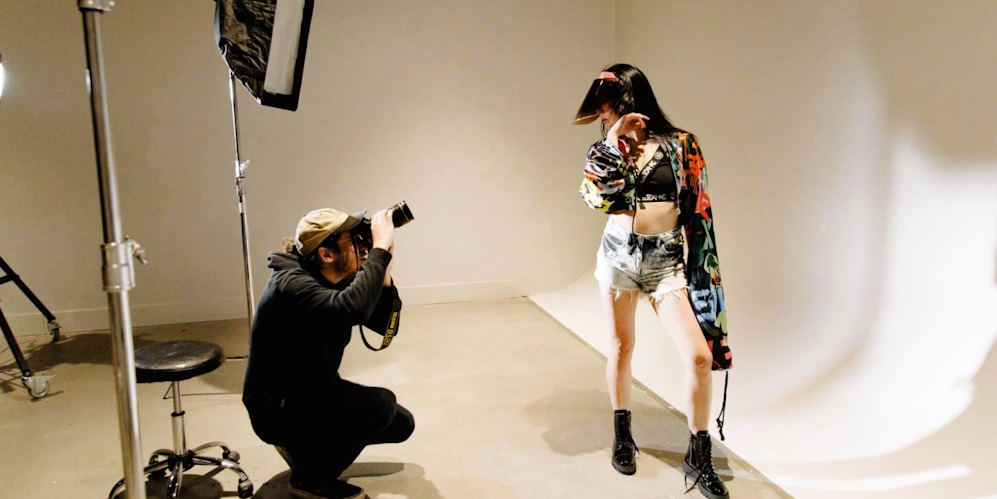The allure of the fashion industry is undeniable, drawing in creative minds from around the world with its glamour, innovation, and endless possibilities. However, navigating the labyrinth of the fashion world can be daunting for aspiring individuals looking to make their mark. This comprehensive guide delves into actionable steps to help budding fashion enthusiasts break into the industry and embark on a rewarding career journey filled with style, creativity, and opportunity.
Pursue Education and Training
A strong educational foundation is essential for success in the fashion industry. Consider enrolling in formal education programs or training courses specializing in fashion design, merchandising, marketing, or related disciplines. Look for reputable fashion schools, universities, or vocational programs that offer comprehensive curricula, experienced faculty, and hands-on learning opportunities. Whether you invest in a degree program, certificate course, or specialized workshop, investing in education and training will equip you with the knowledge, skills, and insights needed to thrive in the competitive fashion world.
Additionally, seek internships, apprenticeships, or entry-level positions at fashion companies, design studios, or retail establishments to gain practical experience and industry exposure. Internships provide invaluable opportunities to learn from seasoned professionals, gain hands-on experience in various aspects of the fashion business, and build a network of contacts within the industry. Be proactive in seeking internships or entry-level positions that align with your career goals and aspirations, and don’t be afraid to start at the bottom and work your way up.

Build a Strong Portfolio and Network
A compelling portfolio and robust network in the fashion industry can open doors to exciting opportunities and collaborations. Build a portfolio showcasing your creative work, including sketches, designs, fashion illustrations, mood boards, and relevant projects or collaborations. Your portfolio should reflect your unique style, aesthetic, and creative vision, demonstrating your skills and capabilities to potential employers, clients, or collaborators.
Utilize online platforms, such as a personal website, portfolio websites, or social media platforms like Instagram, to showcase your portfolio and connect with industry professionals, peers, and influencers. Actively engage with the fashion community, participate in online forums, join fashion-related groups or communities, and attend industry events, conferences, and networking mixers to expand your network and forge meaningful connections.
Breaking into the fashion industry requires dedication, perseverance, and a strategic approach. By pursuing education and training, building a strong portfolio and network, and seizing opportunities for hands-on experience and industry exposure, aspiring fashion enthusiasts can carve out a path to success in this competitive and dynamic field.


